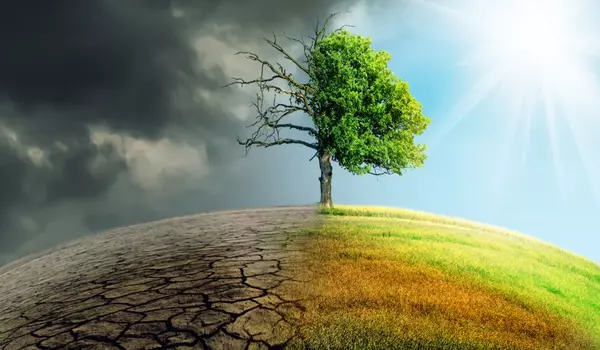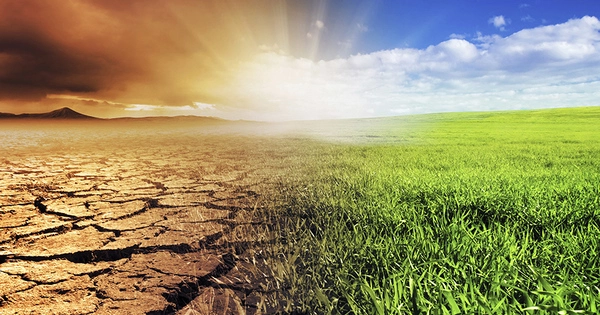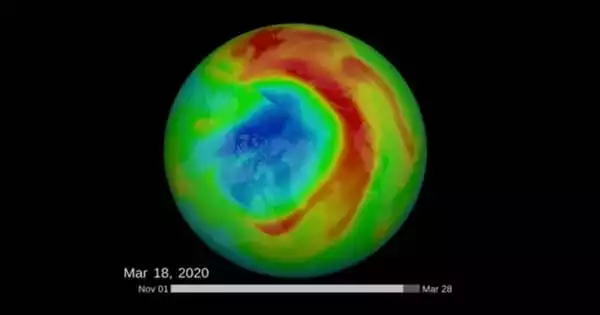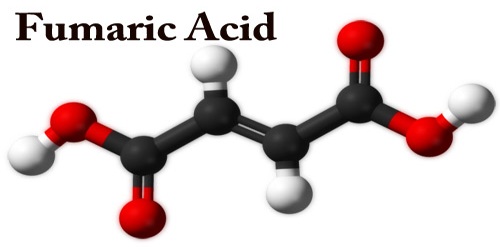Environmental degradation refers to the decline in the quality of the natural environment caused by human activities such as deforestation, pollution, and overuse of resources. This leads to loss of biodiversity, soil erosion, and climate change, among other negative impacts on the planet and its ecosystems. This includes deforestation, soil erosion, air and water pollution, loss of biodiversity, and other environmental issues that have a negative impact on the health of the planet.
Environmental degradation is the deterioration of the environment caused by the depletion of resources such as air, water, and soil quality; the destruction of ecosystems; habitat destruction; the extinction of wildlife; and pollution. It is defined as any change or disturbance to the environment that is perceived to be harmful or undesirable.
The main causes of environmental degradation are rapid population growth, urbanization, and industrialization, leading to increased resource consumption and waste production. Addressing this issue is critical for maintaining the balance of ecosystems and ensuring the survival of future generations.
Environmental concerns are defined as the negative effects of any human activity on the environment. The biological and physical characteristics of the environment are both included. Air pollution, water pollution, natural environment pollution, trash pollution, and other major environmental issues are causing widespread concern.

This process could be entirely natural, or it could be accelerated or caused by human activity. Many international organizations recognize environmental degradation as one of the most serious threats facing the planet, owing to the fact that humans have only been given one Earth to work with, and if the environment becomes irreparably damaged, it could spell the end of human existence.
Environmental degradation is one of the ten threats officially warned by the United Nations’ high-level PaneI on Threats, Challenges, and Change. Environmental degradation is defined as “the reduction of the environment’s capacity to meet social and ecological objectives and needs” by the United Nations International Strategy for Disaster Reduction.
There are various types of environmental degradation. The environment is degraded when natural habitats are destroyed or natural resources are depleted. Efforts to address this issue include environmental protection and resource management. Mismanagement that results in degradation can also lead to environmental conflict, in which communities band together to oppose the forces that mismanaged the environment.
Environmental degradation can occur in a variety of ways. When environments are destroyed or common assets are depleted, the environment is considered corrupted and harmed. A variety of techniques, including environmental resource protection and general protection efforts, are being used to prevent this. Long-term ecological effects, some of which can demolish entire environments, can reveal environmental issues. An environment is a distinct entity that includes all of the living and non-living components that exist within it.
















